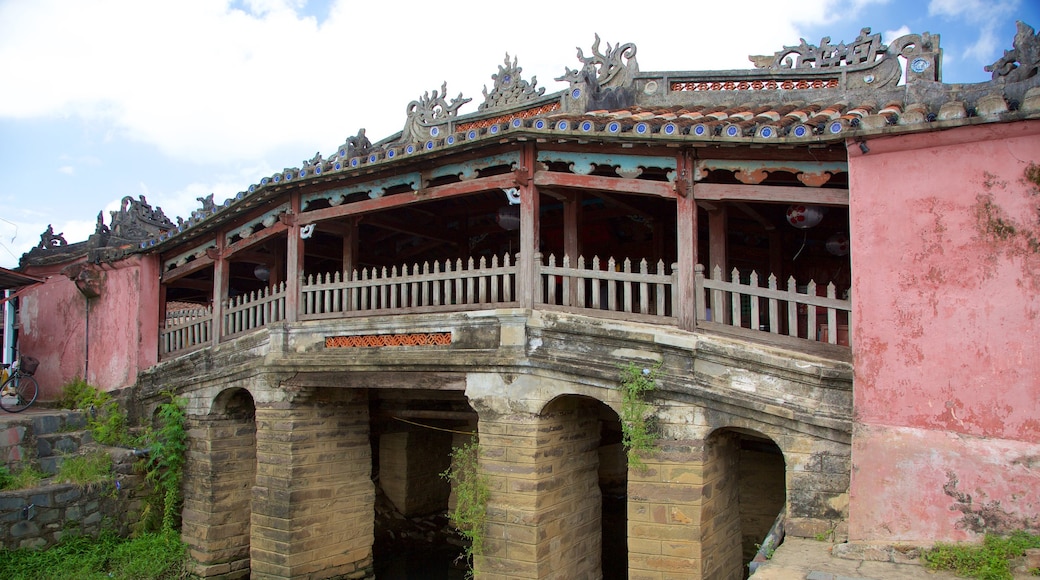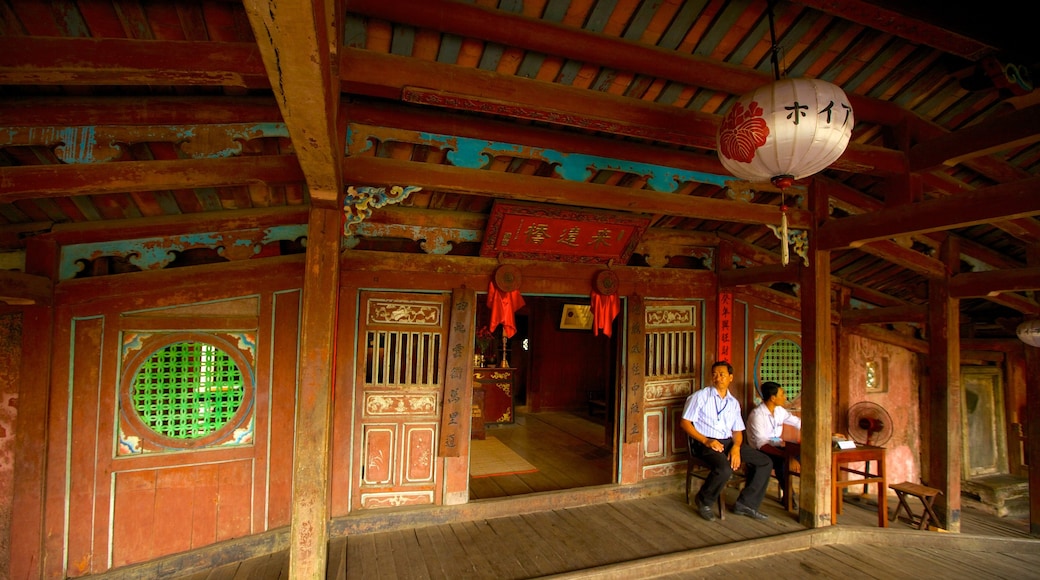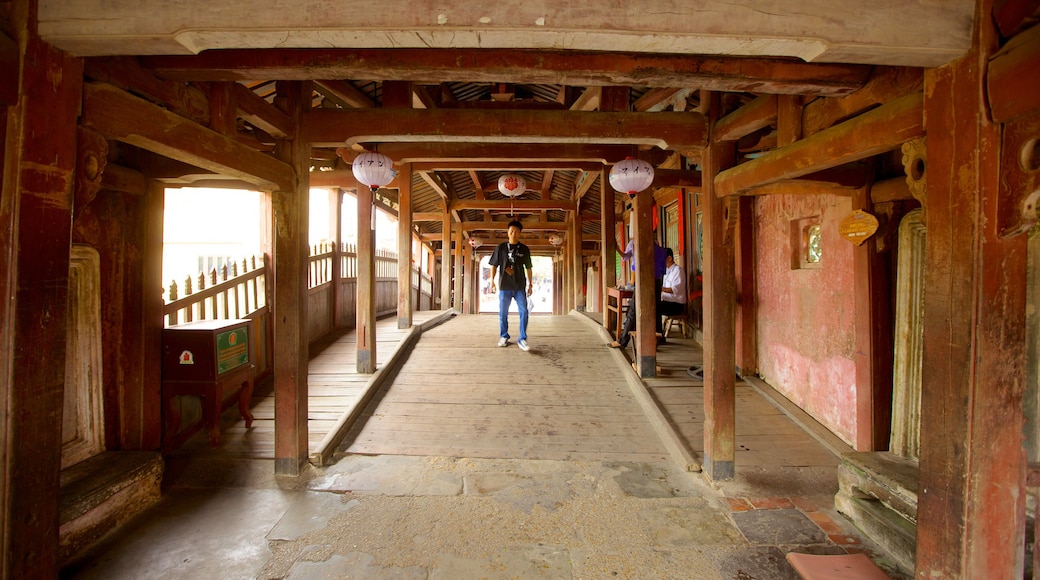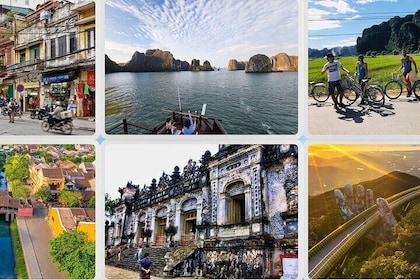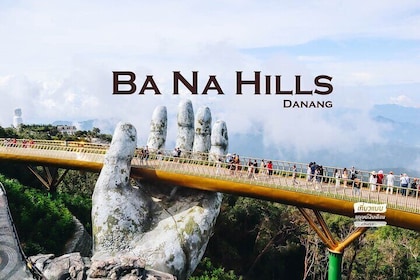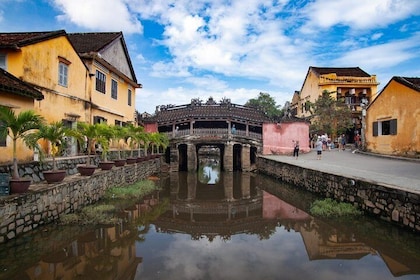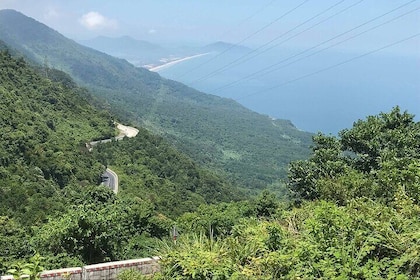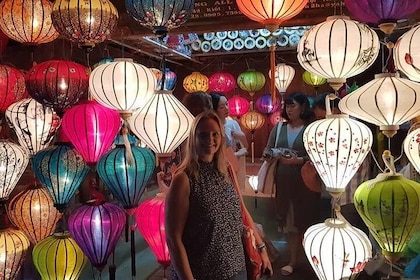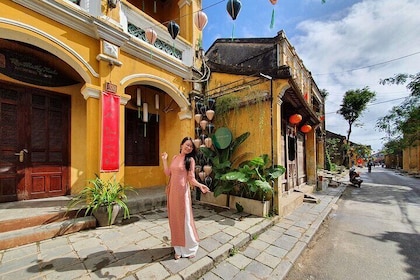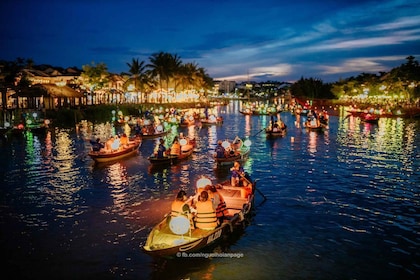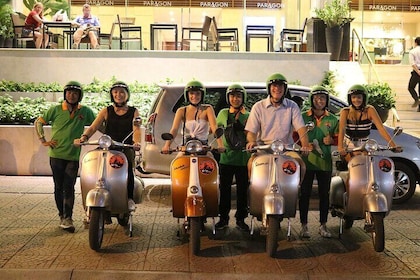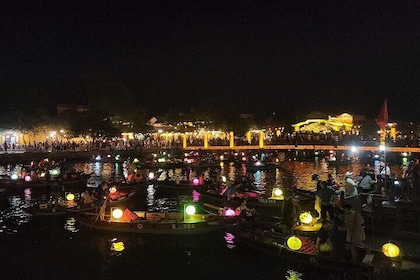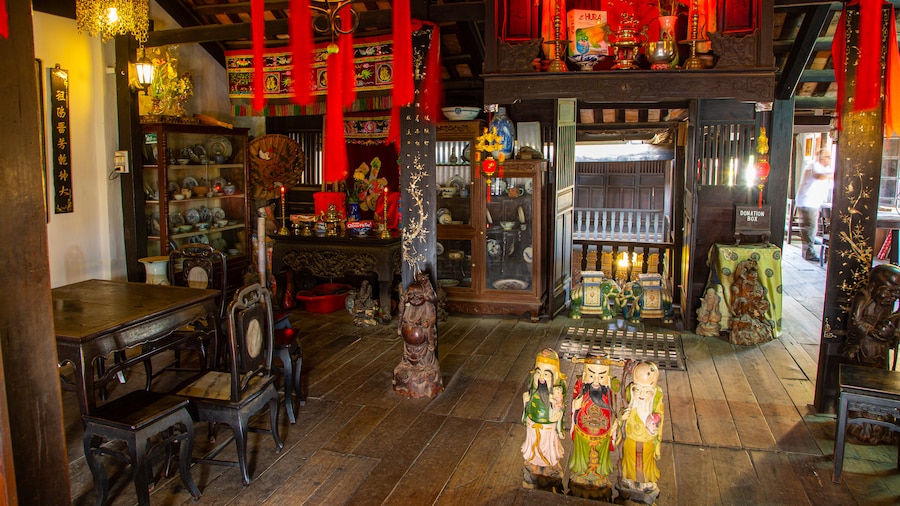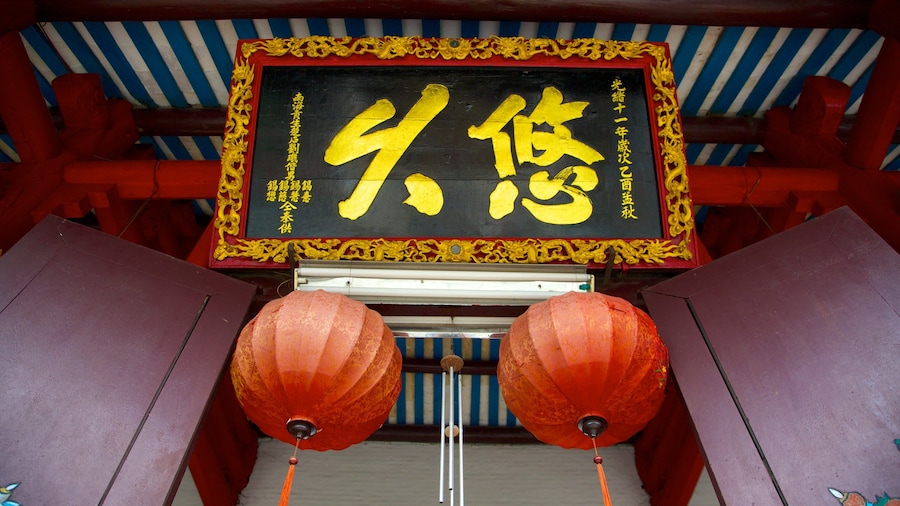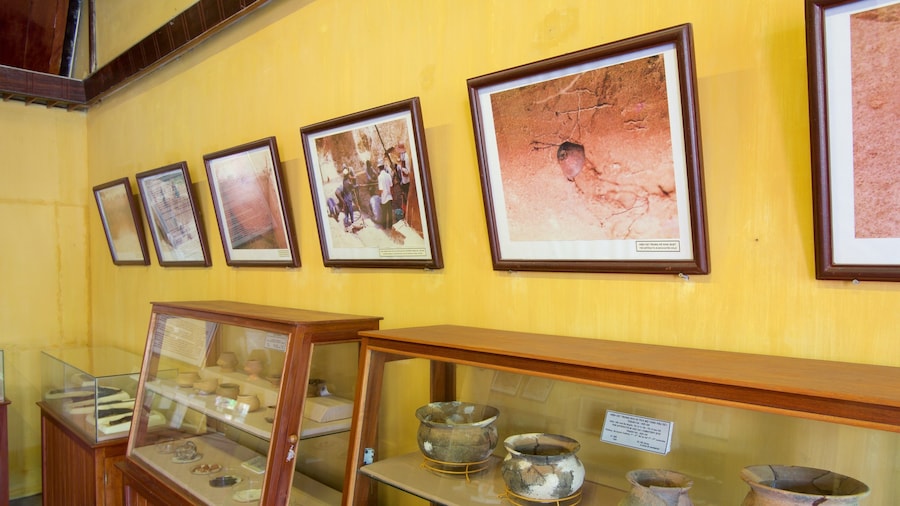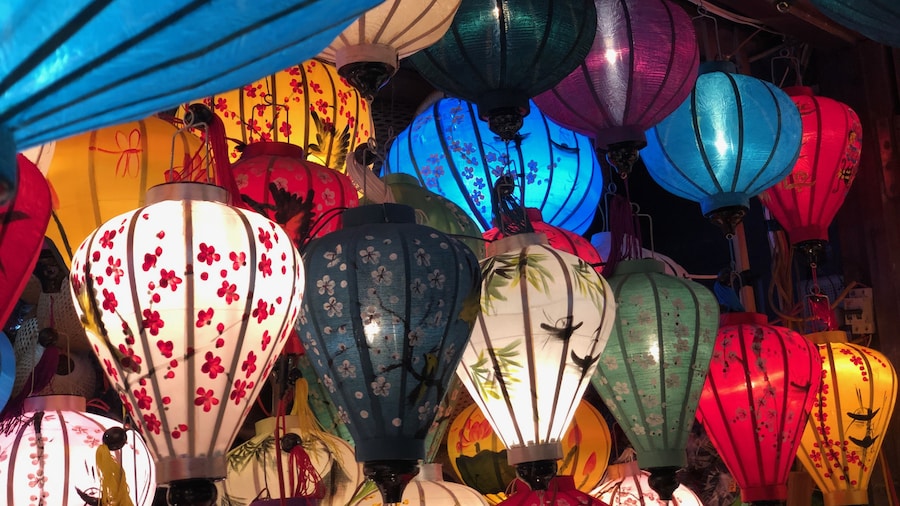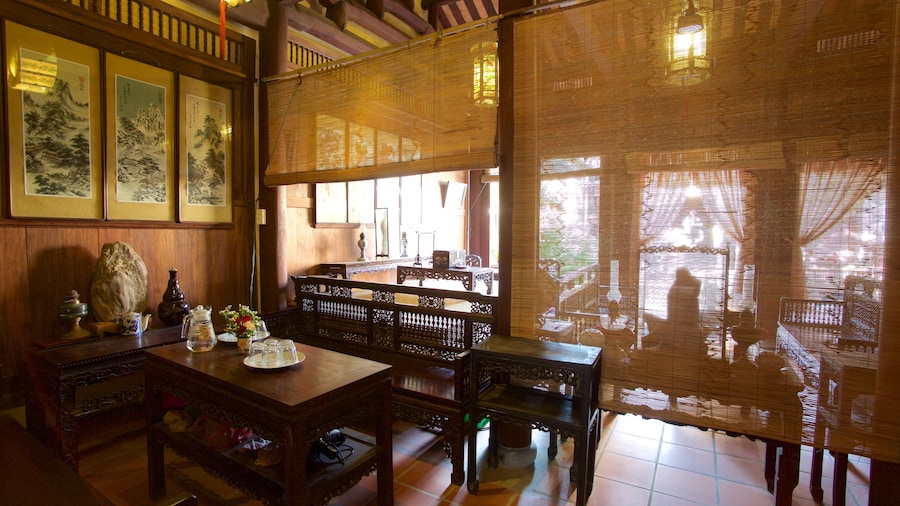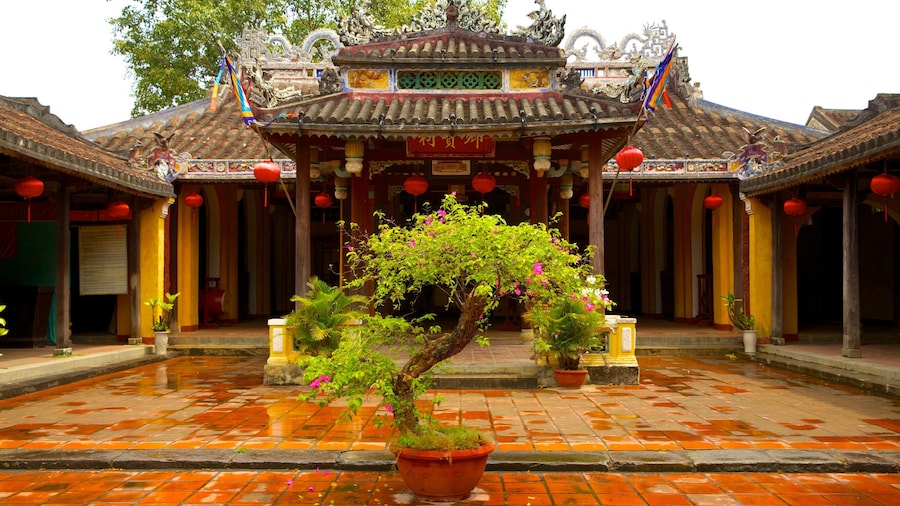One of Vietnam’s most famous bridges, this example of 17th-century architecture is a testament to how mankind will always invent and produce lasting history.
A symbol of peace, friendship and goodwill, the pagoda-covered bridge was built by Hoi An’s Japanese community at the beginning of the 17th Century in order to unite the Japanese with Chinese merchants on the opposite side of the canal. Today, visitors flock here to have their photo taken in front of the iconic structure.Connecting Nguyen Thi Minh Street on one side and Tran Phu Street on the other, the bridge crosses the canal at a particularly narrow point. Since the 1600s the bridge has undergone a number of developments and changes. The original architect of the Japanese Bridge is not known, but the names listed on its side commemorate all those who have been involved in its reconstruction over the years.Don’t miss the shrine dedicated to the weather god Tran Vo Bac De, located inside the pagoda. And look out for the wooden sign hanging at the entrance to the bridge. Placed there in the 18th Century, it marks the name change from the Japanese Bridge to the Bridge for Travellers from Afar.As you enter the bridge, you’ll notice a sculpture of a dog, and again a sculpture of a monkey upon leaving. These sculptures mark the years of construction from start to finish. Construction started in the Chinese year of the dog and ended in the year of the monkey.There is plenty to see in the area surrounding the Japanese Bridge. Small cafés and independent art galleries line the streets on both sides. Note that there is a small fee to pay to enter and cross the Japanese Bridge.
